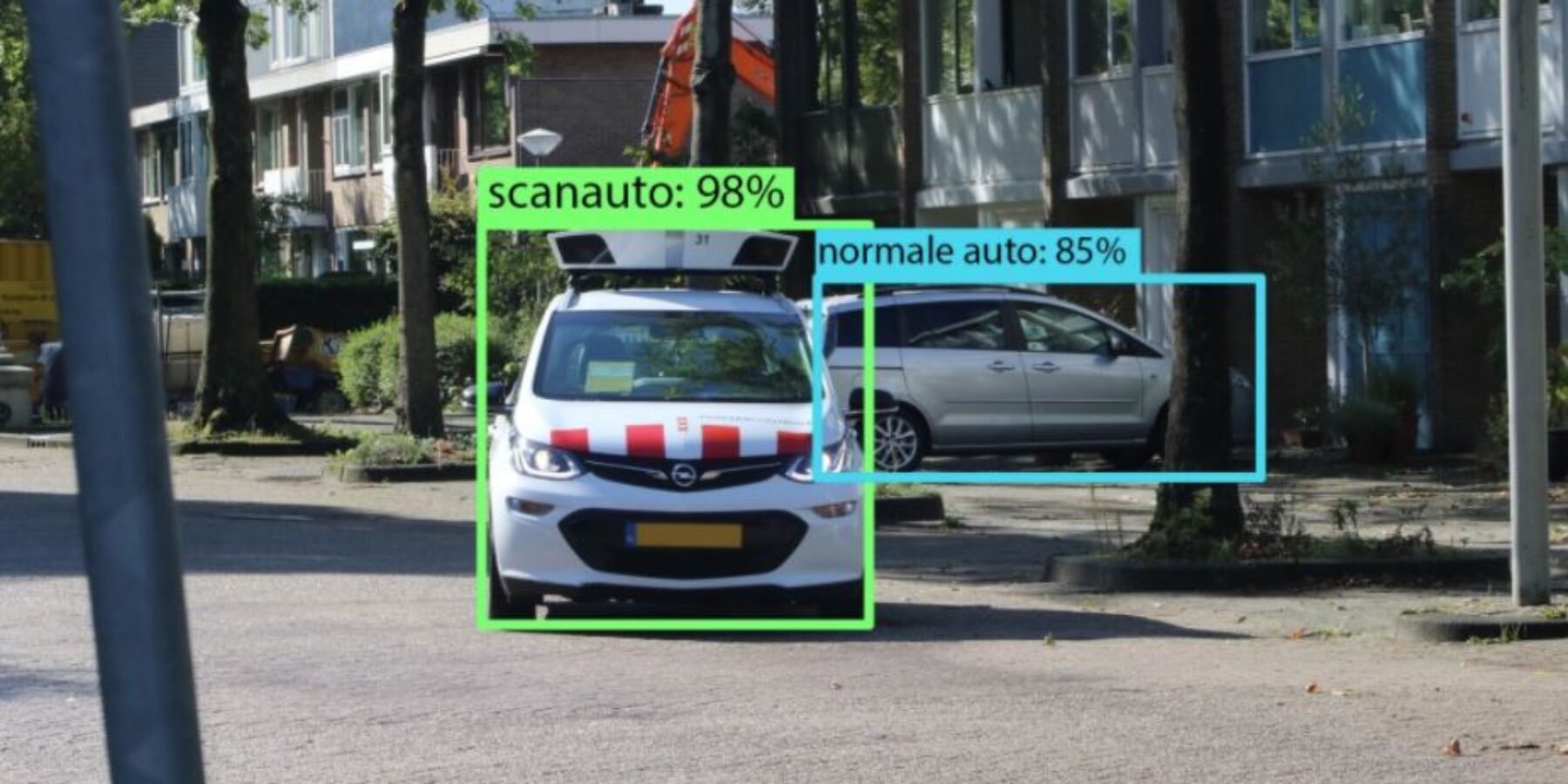Case study Fall Detection
Introduction
We created an algorithm that recognizes when people fall on the ground. The system gives the caregivers an alert when this happens.
The problem
In April 2021, the World Health Organization ( WHO )reported that falls are the second leading cause of unintentional injury deaths worldwide.
Every year an estimated 684 000 individuals die from falls globally. Adults older than 60 years of age suffer the greatest number of fatal falls. 37.3 million falls that are severe enough to require medical attention occur each year.
Prioritizing fall detection using Artificial Intelligent Cameras could save thousands of lives by providing immediate assistance to reduce injury risk as the camera is always on. Our AI cameras detects and sends an alert when a person falls. This alert is received by a person or caregiver, where details are set in the Smartcam platform.
MadeByHumans.ai created the whole Deep Learning production pipeline. From data extraction and labeling of hundreds of videos, to model training and validation.
Request a Demo for fall detection or watch the 3 minute screencast on how to set it up for your company or health organization 3 minute screencast
More backround information
By definition, a fall is an event which results in a person coming to rest inadvertently on the ground or floor or other lower level. Fall-related injuries may be fatal or non-fatal though most are non-fatal.
Statistics
For example, of children in the People's Republic of China, for every death due to a fall, there are 4 cases of permanent disability, 13 cases requiring hospitalization for more than 10 days, 24 cases requiring hospitalization for 1–9 days and 690 cases seeking medical care or missing work/school.
According to the WHO, globally, falls are a major public health problem. An estimated 684 000 fatal falls occur each year, making it the second leading cause of unintentional injury death, after road traffic injuries. Over 80% of fall-related fatalities occur in low- and middle-income countries, with regions of the Western Pacific and South East Asia accounting for 60% of these deaths. In all regions of the world, death rates are highest among adults over the age of 60 years.
Though not fatal, approximately 37.3 million falls severe enough to require medical attention occur each year. Globally, falls are responsible for over 38 million DALYs (disability-adjusted life years) lost each year, and result in more years lived with disability than transport injury, drowning, burns and poisoning combined.
While nearly 40% of the total DALYs lost due to falls worldwide occurs in children, this measurement may not accurately reflect the impact of fall-related disabilities for older individuals who have fewer life years to lose. In addition, those individuals who fall and suffer a disability, particularly older people, are at a major risk for subsequent long-term care and institutionalization.
Financial costs from fall-related injuries
The financial costs from fall-related injuries are substantial. For people aged 65 years or older, the average health system cost per fall injury in the Republic of Finland and Australia are US$ 3611 and US$ 1049 respectively. Evidence from Canada suggests the implementation of effective prevention strategies with a subsequent 20% reduction in the incidence of falls among children under 10 years of age could create a net savings of over US$ 120 million each year.
“Every year an estimated 684 000 individuals die from falls globally. Prioritizing fall detection using Artificial Intelligent Cameras could save thousands of lives by providing immediate assistance to reduce injury risk as the camera is always on.”
- Pepe Rodriguez about fall detection



